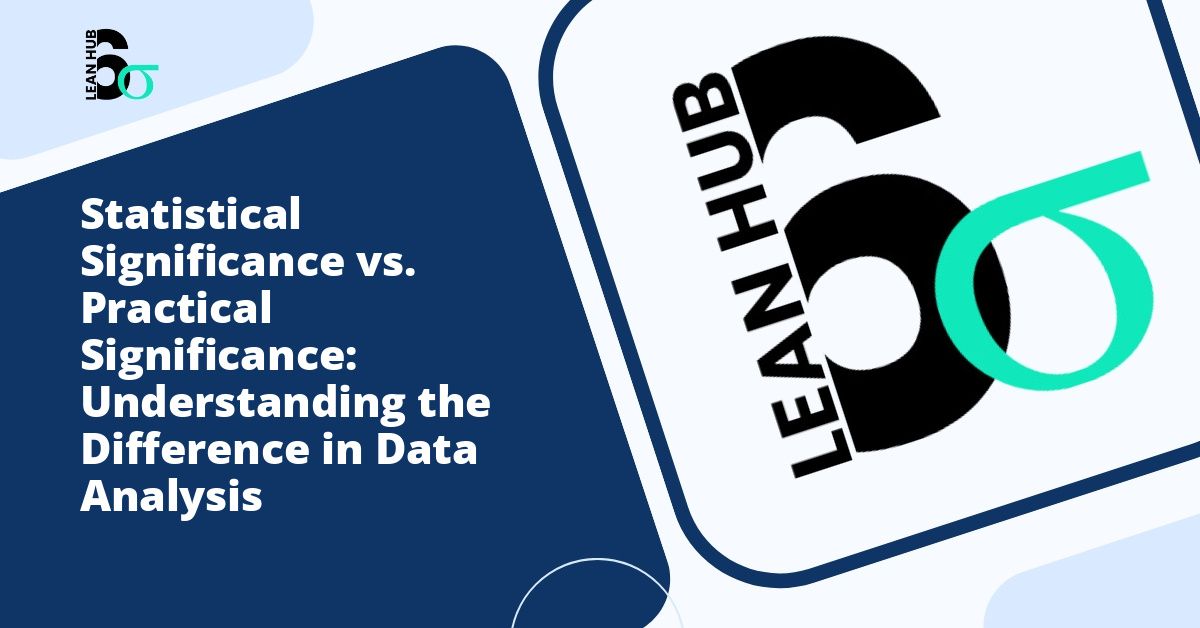
by Lean 6 Sigma Hub | Oct 25, 2025 | DMAIC - Analyze Phase
In the world of process improvement and quality management, understanding your data is not just helpful; it is essential. Confidence intervals represent one of the most powerful statistical tools available to professionals working with lean six sigma methodologies....

by Lean 6 Sigma Hub | Oct 24, 2025 | DMAIC - Analyze Phase
In the world of data analysis and decision making, understanding the difference between statistical significance and practical significance is crucial for professionals across all industries. While these terms are often used interchangeably in casual conversation,...

by Lean 6 Sigma Hub | Oct 23, 2025 | DMAIC - Analyze Phase
In the world of quality improvement and data-driven decision making, few statistical concepts are as important yet frequently misunderstood as the p-value. For professionals working with lean six sigma methodologies, understanding p-values is essential for making...

by Lean 6 Sigma Hub | Oct 21, 2025 | DMAIC - Analyze Phase
In the world of process improvement, understanding how to properly formulate hypotheses is a critical skill that can make or break your Six Sigma project. Whether you are working on a complex manufacturing challenge or streamlining service delivery, the ability to...

by Lean 6 Sigma Hub | Oct 20, 2025 | DMAIC - Analyze Phase
In the world of quality improvement and process optimization, hypothesis testing stands as one of the most critical tools in the Lean Six Sigma methodology. While the term might sound intimidating to those without a statistical background, understanding its...

by Lean 6 Sigma Hub | Oct 19, 2025 | DMAIC - Analyze Phase
Root cause analysis stands as a cornerstone methodology in quality management and problem-solving frameworks. While the fishbone diagram (also known as the Ishikawa diagram) has long been the preferred visual tool for identifying root causes, text-based alternatives...








